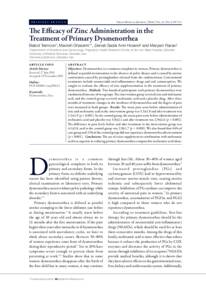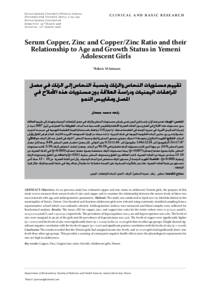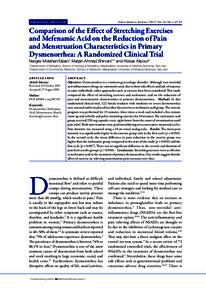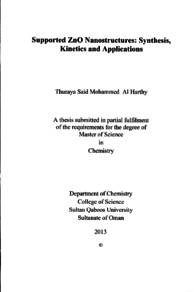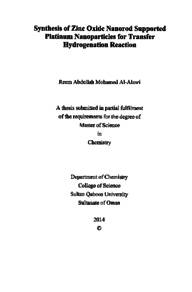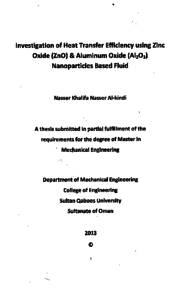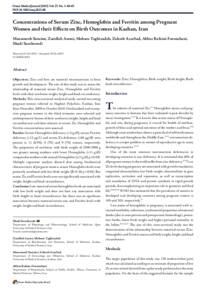Document
The efficacy of zinc administration in the treatment of primary dysmenorrhea.
Identifier
DOI 10.5001/omj.2016.21
Contributors
Publisher
Oman Medical Specialty Board.
Gregorian
2016-03
Language
English
Subject
English abstract
Objectives: Dysmenorrhea is a common complaint in women. Primary dysmenorrhea is defined as painful menstruation in the absence of pelvic disease and is caused by uterine contractions caused by prostaglandins released from the endometrium. Conventional treatments include nonsteroidal anti-inflammatory drugs and oral contraceptives. We sought to evaluate the efficacy of zinc supplementation in the treatment of primary dysmenorrhea. Methods: Two-hundred participants with primary dysmenorrhea were randomized into one of two groups. The intervention group received zinc and mefenamic acid, and the control group received mefenamic acid and a placebo drug. After three months of treatment, changes in the incidence of dysmenorrhea and the degree of pain were measured in both groups. Results: The mean pain score before administration of zinc and mefenamic acid in the intervention group was 5.3±1.8 and after treatment was 1.2±1.9 (p < 0.001). In the control group, the mean pain score before administration of mefenamic acid and placebo was 5.8±2.1 and after treatment was 2.9±2.6 (p < 0.001). The difference in pain levels before and after treatment in the intervention group was 4.1±2.8, and in the control group was 2.9±1.7 (p > 0.050). We also found that 64% of case group and 33% of the control group did not experience dysmenorrhea after treatment (p < 0.001). Conclusions: The use of a zinc supplement in combination with mefenamic acid was superior in reducing primary dysmenorrhea compared to mefenamic acid alone.
Member of
Resource URL
Category
Journal articles

